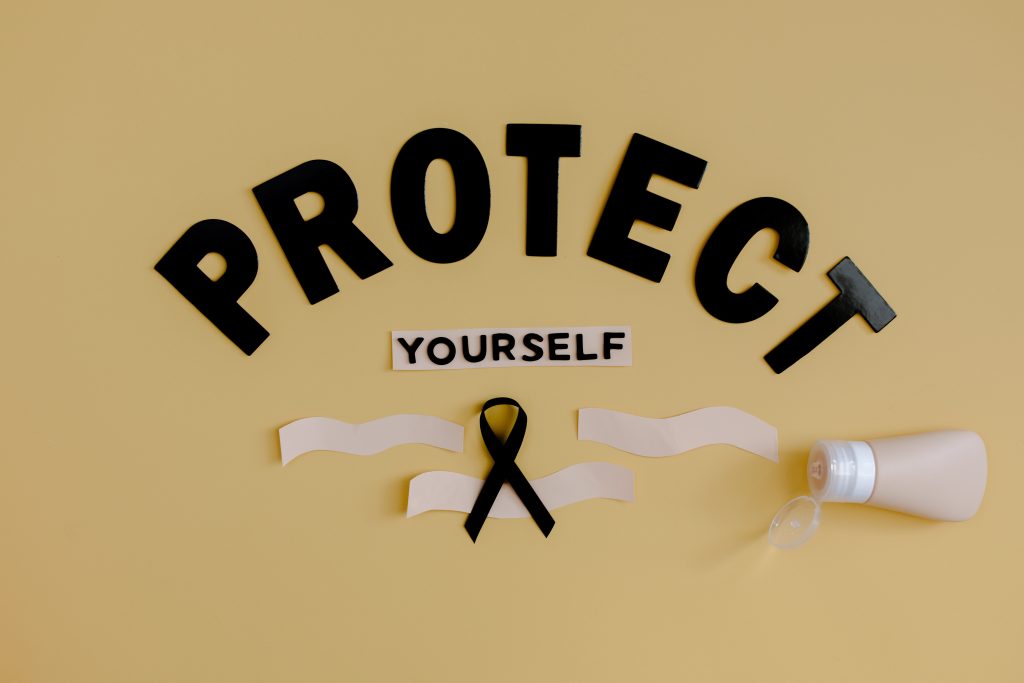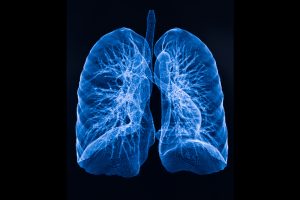Cancer is a leading cause of death worldwide, but there are many things you can do to reduce your risk. Here are some simple steps:
- Don’t smoke. Smoking is the leading cause of preventable death in the world, and it’s also one of the biggest risk factors for cancer. If you smoke, quitting is the best thing you can do to reduce your risk of cancer. Quitting can be difficult, but there are many resources available to help you. Talk to your doctor about quitting smoking and they can help you develop a plan that works for you.
- Maintain a healthy weight. Being overweight or obese increases your risk for many types of cancer, including breast cancer, colon cancer, and endometrial cancer. If you’re overweight or obese, talk to your doctor about how to lose weight safely. Losing weight can be difficult, but it’s important to make small changes to your diet and exercise routine that you can stick with over time.
- Eat a healthy diet. Eating a healthy diet can help reduce your risk for many types of cancer, including colon cancer, breast cancer, and lung cancer. A healthy diet includes plenty of fruits, vegetables, and whole grains. It’s also important to limit processed foods, red meat, and sugary drinks. When choosing fruits and vegetables, opt for a variety of colors to get a wide range of nutrients. Whole grains are a good source of fiber, which can help keep your digestive system healthy. Processed foods are often high in unhealthy fats, sugar, and salt, which can increase your risk of cancer. Red meat contains saturated fat, which can also increase your risk of cancer. Sugary drinks are high in empty calories and can lead to weight gain, which is a risk factor for cancer.
- Be physically active. Physical activity can help reduce your risk for many types of cancer, including colon cancer, breast cancer, and endometrial cancer. Aim for at least 30 minutes of moderate-intensity exercise most days of the week. Moderate-intensity exercise is any activity that makes you breathe harder but still allows you to talk in complete sentences. Examples of moderate-intensity exercise include brisk walking, swimming, and biking.
- Get regular cancer screenings. Cancer screenings can help detect cancer early when it’s most treatable. Talk to your doctor about which cancer screenings are right for you and how often you should get them. Cancer screenings vary depending on your age, gender, and family history. Some common cancer screenings include pap tests, mammograms, and colonoscopies.

Additional tips to help reduce your risk for cancer:
- Protect yourself from the sun. The sun’s ultraviolet (UV) rays can damage your skin and increase your risk of skin cancer. Wear sunscreen with an SPF of 30 or higher whenever you’re outdoors, even on cloudy days. Also wear protective clothing, such as a wide-brimmed hat and sunglasses.
- Avoid excessive alcohol consumption. Alcohol consumption can increase your risk for many types of cancer, including breast cancer, colon cancer, and liver cancer. If you drink alcohol, do so in moderation. For women, moderation is defined as one drink per day, and for men, it’s defined as two drinks per day.
- Get vaccinated against HPV. HPV is the most common sexually transmitted infection (STI) in the United States, and it’s the leading cause of cervical cancer. The HPV vaccine can help protect you from cervical cancer and other HPV-related cancers. The HPV vaccine is recommended for all boys and girls at age 11 or 12. It can also be given to older children and young adults through age 26.
- Manage stress. Stress can weaken your immune system and make it more difficult for your body to fight off cancer cells. There are many healthy ways to manage stress, such as exercise, relaxation techniques, and spending time with loved ones.
Early detection is key
Cancer is most treatable when it’s detected early. That’s why it’s important to get regular cancer screenings. Talk to your doctor about which cancer screenings are right for you and how often you should get them.
Eating a variety of colorful fruits and vegetables
One of the best ways to ensure that you’re getting a wide range of nutrients is to eat a variety of colorful fruits and vegetables. Different colors of fruits and vegetables contain different types of antioxidants and other nutrients. For example, red fruits and vegetables, such as tomatoes, watermelon, and strawberries, are a good source of lycopene, which has been shown to have cancer-fighting properties. Orange fruits and vegetables, such as carrots, sweet potatoes, and pumpkins, are a good source of beta-carotene, which can be converted to vitamin A, which is important for cell growth and repair. Green fruits and vegetables, such as broccoli, kale, and spinach, are good sources of lutein and zeaxanthin, which are important for eye health.
Aim to eat at least five servings of fruits and vegetables each day. Choose a variety of colors to get the most benefits. Here are some ideas for incorporating more colorful fruits and vegetables into your diet:
- Add berries to your yogurt or oatmeal in the morning.
- Pack a variety of fruits and vegetables for a healthy snack or lunch.
- Roast a sheet pan of vegetables for a quick and easy side dish.
- Add spinach or kale to your smoothies.
- Make a fruit salad for dessert.
Conclusion
There are many things you can do to reduce your risk for cancer. By following the simple steps above, you can make a big difference in your health. Eating a healthy diet, including a variety of colorful fruits and vegetables, is one of the best way to reduce your risk for cancer.







